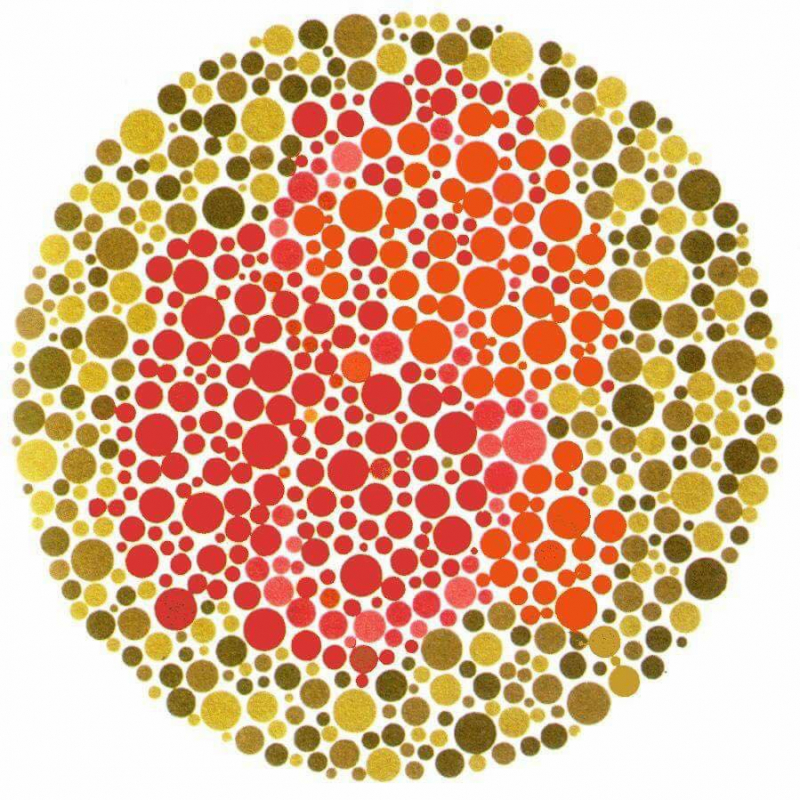John Dalton Was The First to Publish a Scientific Paper on Color Blindness
Dalton was elected a member of the Manchester Literary and Philosophical Society on October 3, 1794, when he was 28 years old. For the first time, Dalton had access to a laboratory as a member of the organization. One of the interesting facts about John Dalton is he contributed his first paper, "Extraordinary facts relative to the vision of colors," shortly after joining the organization, which documented the flaw he had identified in his own and his brother's vision. Both John and Jonathan Dalton have "color deficiency" or the inability to distinguish some colors in visual stimulation (complete color blindness or monochrome is exceedingly rare). Color blindness can be caused by a genetic mutation in a gene that codes for a specific type of chemical that permits retinal cells (cones) to respond to different wavelengths of light.
"All crimsons appear to me to consist largely of dark blue: although several of them seem to have a tinge of dark brown," Dalton wrote, describing his color deficiency. I've seen scarlet, claret, and mud specimens that were almost identical." "A colored medium, possibly some version of blue," Dalton continued, "I think it must be the vitreous humor" (a jelly-like fluid found inside the eyeball itself), "else I apprehend that it might be identified by inspection, which has not been done." In fact, the word for color blindness in French (daltônico), Spanish (daltónico), Italian (daltonico), and Portuguese (daltônico) is derived from his surname. Dalton's eyes were tested after his death and confirmed to be anatomically normal.
Despite being wrong in many ways, this work was the first to publish on color blindness, which is now known as Daltonism in his honor.









